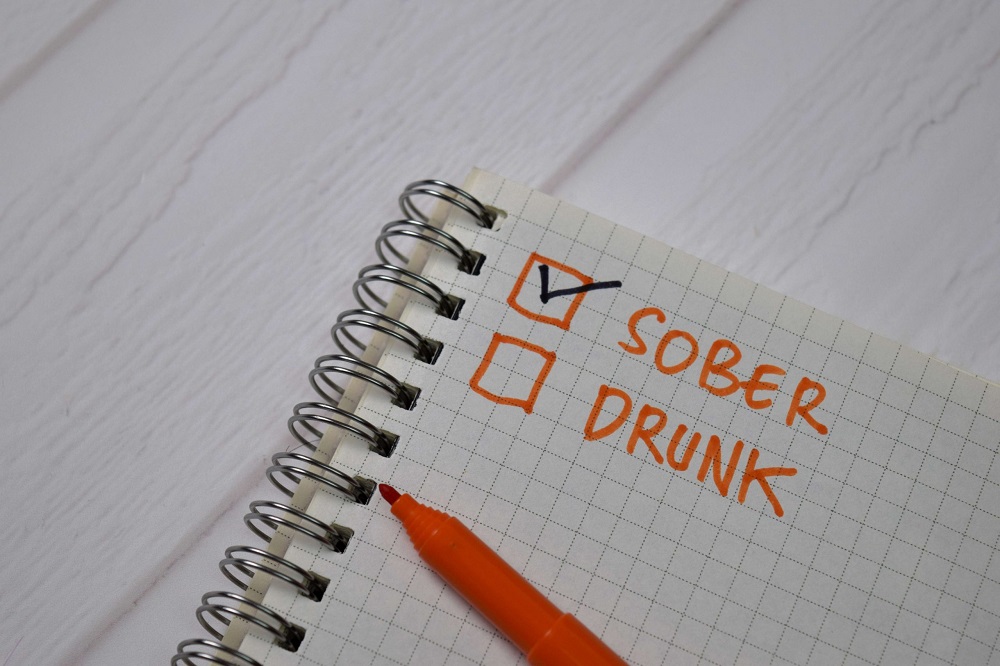Olá, mundo!
16 de julho de 2018Azərbaycanda mərc oyunları şirkəti Baxış və rəylə
7 de junho de 2022Patients with severe withdrawal symptoms may require escalating doses and intensive care level monitoring. Early consultation with a toxicologist is recommended to assist with aggressive management as these patients may require benzodiazepine doses at a level higher than the practitioner is comfortable with to manage their symptoms. Inpatient treatment, or staying at a hospital or care facility, may be necessary for someone with moderate to severe symptoms of alcohol withdrawal. Inpatient treatment allows healthcare professionals to monitor you for DT or hallucinations, monitor your vitals, and administer fluids or medicine intravenously if needed. For most people, alcohol withdrawal symptoms will begin to subside after 72 hours.
- Suddenly cutting back or stopping alcohol after heavy long-term drinking may trigger alcohol seizures.
- Removal of the exogenous drug allows unopposed counter-regulatory effects.
- ADDICTION, ABUSE, AND MISUSE – OLINVYK exposes patients and other users to the risks of opioid addiction, abuse, and misuse, which can lead to overdose and death.
- Other drugs often used to manage symptoms include neuroleptics, anticonvulsants like carbamazepine, and valproic acid.
- If you decide to get treatment, your doctor can recommend the type of care that you need.
Patients who experience more severe withdrawal (i.e., who have CIWA-Ar scores of 8 to 15 or greater) should receive pharmacotherapy to treat their symptoms and reduce their risk of seizures and DT’s. The medications with the best efficacy and safety are the benzodiazepines. Like alcohol, these agents enhance the effect of the neurotransmitter GABA on the brain. Because of their similar effects, benzodiazepines and alcohol are cross-tolerant—in other words, a person who is tolerant to alcohol also is tolerant to benzodiazepines. Cross-tolerance also implies that when a person experiences a deficiency of one agent (e.g., alcohol during withdrawal), the other agent (e.g., a benzodiazepine) can serve as a substitute, thereby easing the withdrawal symptoms. Unstable vital signs increase the risk of complications and can be managed with medications.
Therapy
In most cases, mild symptoms may start to develop within hours of the last drink. This activity reviews the evaluation and management of alcohol withdrawal and highlights the interprofessional team’s role in the recognition and management of this condition. The symptoms of alcohol withdrawal delirium include withdrawal seizures that can occur between 8 and 28 hours after your last drink. Signs of an impending seizure include tremors, increased blood pressure, overactive reflexes, and high temperature and pulse.

Ambulatory withdrawal treatment should include supportive care and pharmacotherapy as appropriate. Benzodiazepines are first-line therapy for moderate to severe symptoms, with carbamazepine and gabapentin as potential adjunctive or alternative therapies. Physicians should monitor outpatients with alcohol withdrawal syndrome daily for up to five days after their last drink to verify symptom improvement and to evaluate the need for additional treatment. https://ecosoberhouse.com/ Primary care physicians should offer to initiate long-term treatment for alcohol use disorder, including pharmacotherapy, in addition to withdrawal management. Many patients who experience mild withdrawal symptoms do not seek treatment at all. Nevertheless, even those patients may benefit from treatment in the long term, because repeated withdrawal episodes may enhance the brain’s susceptibility to the hyperexcitability that occurs during AW.
For Some, Day Five Brings Relief
AWS can evolve in a few hours or a few days but often develops between 6 to 24 hours after your last drink. When you stop drinking, after doing so heavily for a long time, the depressant on your central nervous system stops, causing your nervous system https://ecosoberhouse.com/article/alcohol-addiction-its-most-important-signs/ to become overexcited. Your body may get overloaded because it has no alcohol to counteract your now perpetually excited nervous system. In some cases, AWS can be a medical emergency and — if complications arise — potentially life threatening.
We’re exploring ways to improve support for people struggling with their alcohol consumption through their loved ones, and we need your help. Psychiatric evaluation is strongly recommended to rule out mental health concerns such as suicidal ideation, major depression, and poly-substance abuse. Certain drugs and medications can change the structure and chemistry of your brain. Similarly, SSRIs can be used to help people who are experiencing depression and anxiety, but not everybody responds well to SSRIs. Although PAWS can make it difficult to carry out day-to-day tasks — sometimes including meeting these basic needs — doing what you can to accomplish even one of these things can go a long way toward feeling better.
Benzodiazepines
Still, if you’re experiencing alcohol withdrawal, it’s essential to have your symptoms evaluated by a medical professional. Moderate symptoms of alcohol withdrawal may last up to 6 days, whereas severe symptoms may last for 5 to 7 days. The symptoms most commonly begin between 6 to 24 hours after your last drink. Still, some symptoms — often more severe — can set in after 2 to 3 days. While it’s true that up to 50% of people with AUD experience withdrawal symptoms, only a small portion require medical treatment.
AUDs are common in patients referred to neurological departments, admitted for coma, epileptic seizures, dementia, polyneuropathy, and gait disturbances. Moderate drinking is officially defined as 1 drink or less per day for women and 2 drinks or less per day for men. However, if a person already has alcohol use disorder, they can help prevent some of the withdrawal symptoms by speaking to a doctor about safe withdrawal. A doctor can often diagnose alcohol withdrawal syndrome by taking a person’s medical history and doing a physical exam.
